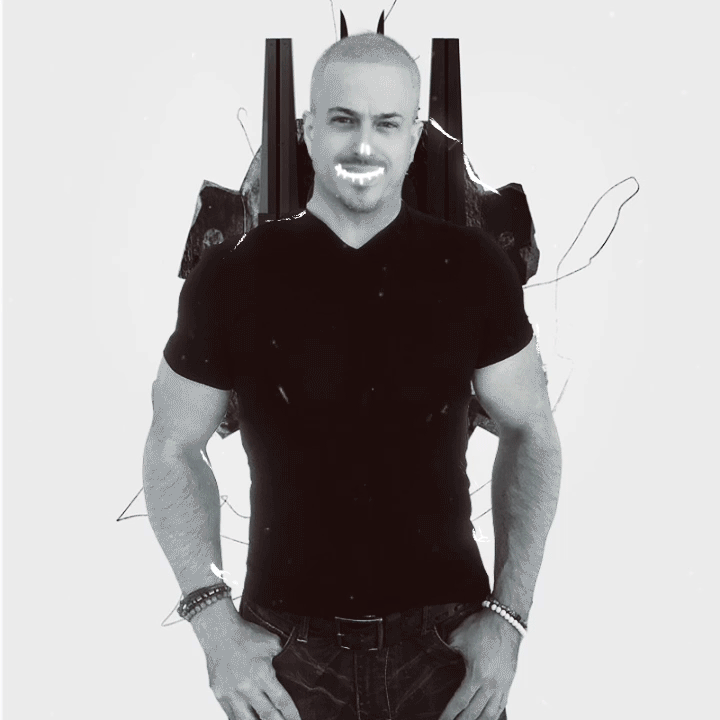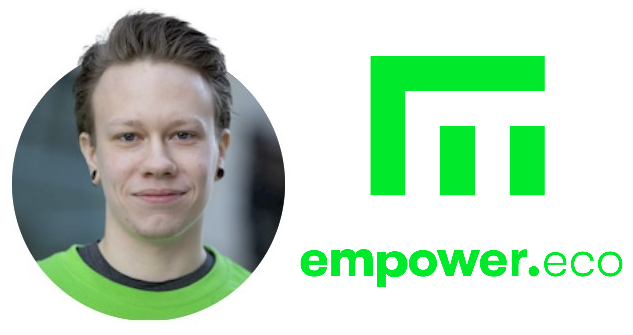
How web3 is making the plastic harvest pay — a chat with Gjermund Garaba
How web3 is making the plastic harvest pay — a chat with Gjermund Garaba
In 2023, blockchain academy graduates are helping to change the world.
People get into web3 for a whole host of reasons, but the most important factor is often their passion. Blockchain is a neutral tool, and you can use it to try and change your life, transform an industry, or maybe even change the world.
There are few subjects higher in the global consciousness right now than ecology. The massing pressures upon biodiversity, the escalating impacts of climate change, transforming a wasteful, resource-hungry human culture into a more sustainable form — responding to these challenges represents a massive undertaking.
However, since these problems are surely interlinked, making a difference to one will have inevitably be beneficial to them all, and the team at Empower have just such an objective in their sights. I had a chance to talk with Gjermund Garaba, co-founder and CTO of Empower and now a two-time alumni of academy learning projects created by B9Lab, about his background and the journey that brought Empower into existence.
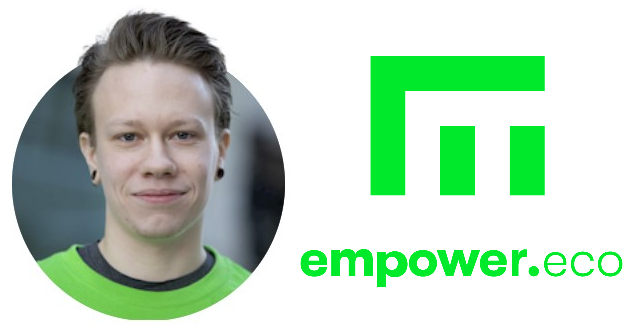
Andrew: Hello Gjermund! To begin with, how would you sum up both yourself and Empower?
Gjermund: Hello! I’m a developer and technologist by both education and passion. I strongly believe in the application of novel technology for the betterment of the human condition, and for the past five years as a part of Empower I have been working on solving the global waste crisis by trying to figure out how to get us to a circular economy.
Andrew: How did you get started in software development?
Gjermund: My very first introduction was probably back in middle-school, where I made my first personal website with HTML and CSS for a school project. I was actually headed for a career in system and network administration, but then a friend and I did a website project where I had my introduction to PHP and MySQL. It is probably the ugliest code ever written, but we ended up creating a pretty powerful site with news, comments, users, and a custom, built-from-scratch forum. This experience really taught me how fun it is to make things that people actually use, and solving difficult technical problems.
I did finish my education in system administration, but I immediately went to university for a degree in computer engineering so I could focus on what I enjoyed the most. Afterwards I worked for four years for an American company that specialized in software for technical documentation (like that used for Boeing and Airbus planes). I worked as a full-stack web developer on both legacy and green-field projects, and even had a stint towards the end where I was focusing on innovation and got to work on new technology like AI, VR/AR, and blockchain.
Andrew: Tell us more about your shift into web3.
Gjermund: In the same period that I was focusing a lot on innovation, 2015–16 or so, I happened upon Ethereum and started trying to really understand it. I had a feeling there was something important there, I saw incredible implications of what technology like this could do. I spent very little time or money on speculation, although with hindsight it would’ve been useful! Mostly I was thinking and writing about what blockchain could be, and becoming more and more convinced that it could solve some important problems for humanity.
At this point I was tired of working on products that I perceived as at best marginally useful for society. I guess I was looking for more meaning, and really wanted to help make the world a better place. I was not interested in just doing good, I wanted to help make a big difference. And I saw blockchain as a potential vehicle for that.
In 2017 I met Wilhelm Myrer, one of the co-founders at Empower, because he was looking for someone who knew blockchain tech. He found some of my early blog posts and had some similar ideas about blockchain technology, and wanted to work on changing the dynamic of money. We founded Zafeplace, which after some iterations built a drop-in wallet SDK for any mobile app to be able to integrate blockchain. The idea was that we would use this SDK to build out other solutions we cared about, but I was still working full-time at my regular day-job as I didn’t see any way I could live off of this yet.
Andrew: How did Empower come into existence?
Gjermund: In early 2018, Wilhelm and I were searching for different use cases for our wallet SDK and met Empower’s third co-founder, Simen Knudsen, who is a marine technologist, innovation manager, founder of a beach cleanup NGO, and (obviously!) a surfing champion. He challenged us on how we could use this technology to solve the plastic waste problem. We came up with the idea to take the Norwegian bottle deposit system, which recycled 97–98% of all plastic bottles in Norway, and apply it to any plastics globally.
A plastic waste deposit system – BBC Reel
Something about this idea just immediately clicked, so I promptly (and irresponsibly) quit my job to do this 100%. That is how Empower was founded. We bootstrapped for the first year or so (and, for me at least, lived off a ridiculously low amount of savings) and piloted our solution as an Ethereum-based app in 16 countries — proving that the concept was sound.
What was not so sound was the tech. In 2018, I took B9Lab’s Solidity course to increase my skills, and that changed the path of Empower. The course taught me exactly how tricky it is to get Solidity and EVM right without exposing yourself to huge risk, and it didn’t help that Ethereum was not great for the scalability we were seeking. Ultimately we decided that the technology was too immature for our needs then — besides, we had enough problems to solve in our domain already. We’ve used Stellar for some basic Proof of Existence solutions for our platform, but otherwise kept away from Blockchain until relatively recently.
Andrew: In our post about academy training programs you told us a little about your experiences with B9Lab training in the past, and in 2022 you graduated from the Interchain Developer Academy. What made you return to blockchain training five years later?
Gjermund: I’ve kept up to date with scaling solutions and new blockchain tech since then, but it wasn’t until late 2021 that I finally decided that the level of maturity we required was reached. And it was in the Cosmos Ecosystem I saw this first. The sovereign appchain concept, combined with high performance and low cost of transactions, was exactly what I had been waiting for.
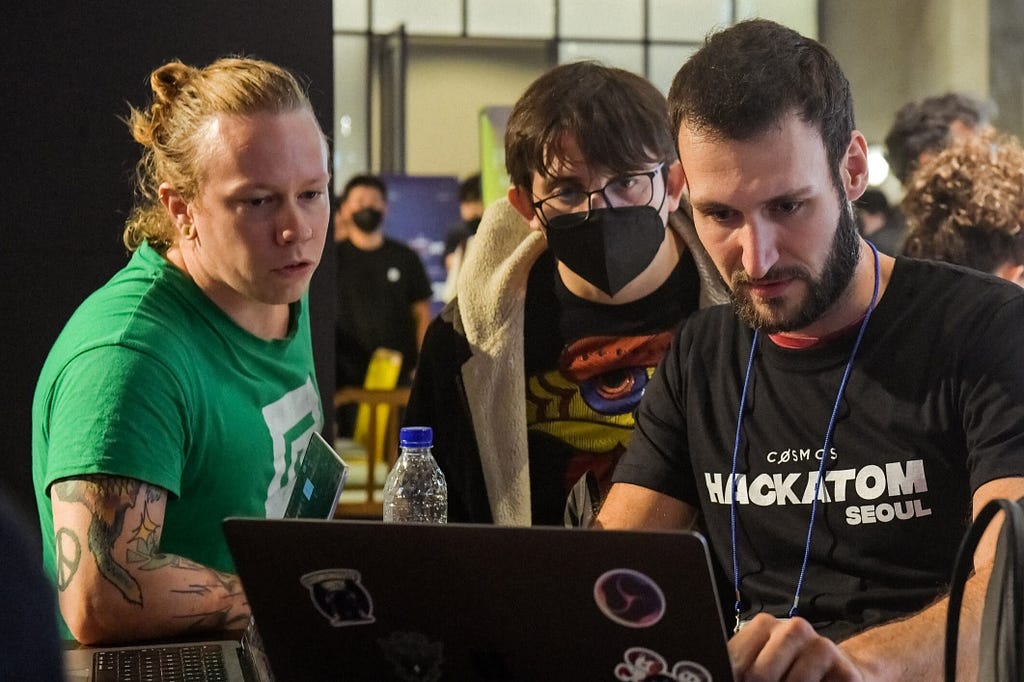
I spent a lot of time in 2021 and 2022 learning about Cosmos and the tech, but personally I like going through a more structured training program to make sure all my bases are covered properly. The Interchain Developer Academy was a great way to both learn more details of the Cosmos stack and to really practice my skills.
I found the Academy a great in-depth experience on the Cosmos tech stack. I also had a colleague with no blockchain experience go through the course, and he is now coding on EmpowerChain, so it clearly works well in the zero-to-hero case as well!
Having solid training available to developers is incredibly important for both organizations and the ecosystem at large. To scale up the Cosmos developer workforce we need something structured and effective like this.
Andrew: Shifting focus for a moment: 2022 was a mixed year for web3, the crypto scene in particular suffered badly. How do you see the state of web3, both for 2023 and looking further into the future?
Gjermund: As painful as these periods can be, I strongly believe that they also serve as a opportunities for those who persevere. I also believe it’s a great time to be focusing on fundamentals and getting more things ready for the next web3 wave — which I obviously believe will come and be even stronger than the ones before it.
But in general, I try not to care too much about the ebb and flow of markets and instead focus on building, and making sure what I do aligns well with my values and principles. Down-markets are good times to do so, after all!
Looking further ahead, I have always had very high hopes for web3 to be a catalyst for positive change. It’s not always easy to see, especially with all the focus on DeFi (which is not necessarily a bad thing, I just think it has a tendency to corrupt values). But I also see all the great people out there who have so many admirable goals and ambitions that I can’t help but stay optimistic.
Andrew: So, what plans do you have for yourself and for Empower?
Gjermund: We have a lot of projects and things on our roadmap, but what I am most excited about is the potential for EmpowerChain to bring value to a lot of people all around the world. Honestly, getting this right is all that’s on my mind. I don’t have many other plans these days than to just build and make this happen.
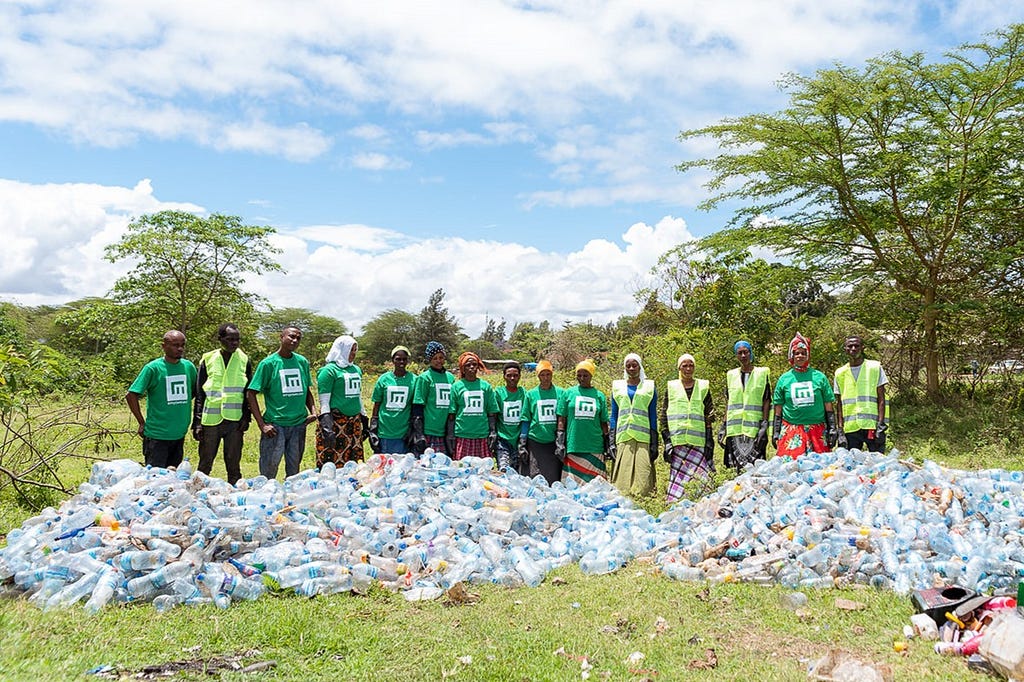
To throw it out there, Empower is looking to raise some more capital so we can scale this up even more quickly. I have so many Cosmos engineers knocking on my door these days, and if I had more funds I would put their skills to very good use. Apologies for the blatant plug there, but that’s the startup life!
Andrew: It’s our pleasure to be a plug facilitator! Thanks for talking to us, and the very best of luck to you and Empower!
—
Andrew Critchley is technical editor at B9Lab. He’s worked with words in creative and collaborative ways for more than twenty years, and still does.
At B9Lab, we’ve been designing and building developer adoption strategies for leading web3 organisations since 2015. Through our onboarding and learning journeys, we’ve minted thousands of developers. Our team covers the whole spectrum of developer adoption strategy and management. We’re developers, business strategists, marketers, and blockchain educators.
How web3 is making the plastic harvest pay — a chat with Gjermund Garaba was originally published in B9lab blog on Medium, where people are continuing the conversation by highlighting and responding to this story.
This content was originally published here.
